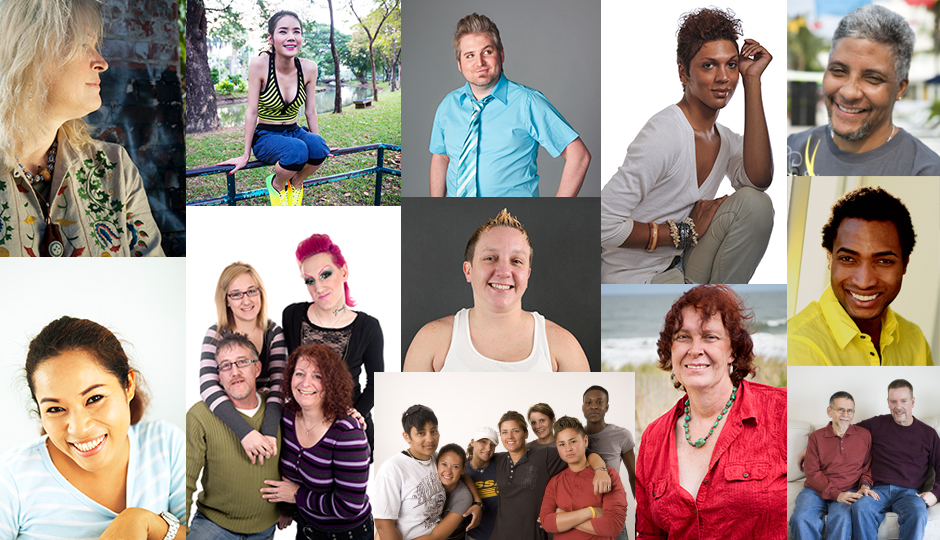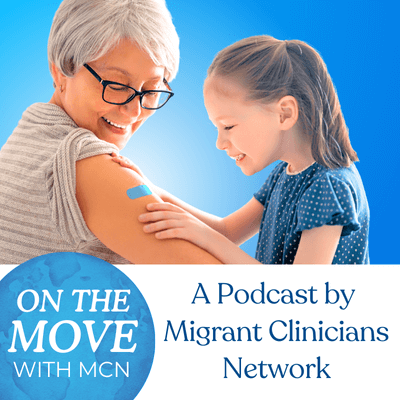Improving Care for Transgender People
By Ginny Cassidy-Brinn, MSN, ARNP
[Editor’s Note: This guest blog post comes from Ginny Cassidy-Brinn, MSN, ARNP, Clinical Training Manager at Cardea, a training, organizational development, and research nonprofit providing services to health organizations in the US. One of Cardea’s current projects focuses on the clinical care of transgender and gender nonconforming patients.]
 On September 3, 2015, the US Department of Health and Human Services proposed a rule that would outlaw discrimination against transgender people in health care settings receiving federal funding, and would provide avenues for transgender patients to file complaints if they believed they have experienced discrimination. This is an important step toward ending health care disparities experienced by transgender people. However, medical providers will need proper education so that they can provide the care that transgender patients deserve.
On September 3, 2015, the US Department of Health and Human Services proposed a rule that would outlaw discrimination against transgender people in health care settings receiving federal funding, and would provide avenues for transgender patients to file complaints if they believed they have experienced discrimination. This is an important step toward ending health care disparities experienced by transgender people. However, medical providers will need proper education so that they can provide the care that transgender patients deserve.
Since 2011, when the National Transgender Discrimination Survey (NTDS) was released, health care practitioners nationwide have had a better picture of the multiple layers of discrimination faced by transgender people in the United States. Transgender people have lower incomes than the general population and are almost four times more likely to live in poverty, thus limiting their ability to incur health care costs or search for sympathetic providers. One of the causes of low income is employment discrimination against transgender people, which is prevalent even in communities that have legal protections against such discrimination.
Transgender people should feel safe in health care settings, but according to the NTDS, even in doctors’ offices, two percent have reported physical assault because of their gender and 28 percent reported verbal harassment.
Waiting rooms can make transgender patients vulnerable to harassment from other patients by making their transgender status public. Simply occupying a waiting room for gender-specific health categories such as obstetrics and gynecology make the transgender patient stand out because their gender presentation does not match that of the other patients. If a person’s legal name is used to announce that the provider is ready to see them, and that name doesn’t match their gender appearance, the transgender status is immediately revealed to everyone in the waiting room.
As in the rest of the world, gender specific bathrooms in health care facilities present dangers. Transgender people often report facing verbal and physical abuse for using what the abuser thinks is the “wrong” bathroom, no matter which bathroom they might choose.
Simply arriving safely in the exam room does not ensure that a transgender person will receive good care. In several different studies (like this one in Medical Care and this one from Social Science in Medicine), transgender people have consistently described similar instances of health care discrimination. They recount instances of providers refusing to make eye contact, making belittling comments, and performing unnecessary exams or asking irrelevant questions simply out of curiosity. Experiencing discrimination leads transgender people to avoid needed care. In the NTDS, 28 percent of transgender people had postponed medical care when they were sick or injured out of fear of discrimination.
Well-intentioned medical providers are at a disadvantage in caring for transgender patients because they have not had necessary training to provide either clinically or culturally competent care. The low amount of time devoted to medical education for transgender health was documented by a survey of schools of medicine around the United States which found that there was a median of five hours allotted to lesbian, gay, bisexual, and transgender (LGBT) care in the entire medical school curriculum and only a portion of that five hours was allotted to transgender health. A survey of schools of nursing in Texas indicated that an average of 1.6 hours was spent on care of LGBT patients.
 Half of the transgender people in the NTDS sample had to teach their medical providers about transgender health. Providers who work in places specifically tailored to serve transgender patients have access to knowledgeable colleagues from whom to learn, but most providers do not. Providers who give care to transgender patients say that they had to educate themselves solely by talking with transgender patients, family, and friends. Practitioners who have no training can be faced with either turning the patient away or giving care in a situation in which they feel unprepared. One nurse midwife put it this way: “I took care of her because I was the most experienced person available. I knew little, but the patient was kind and wonderful. We worked it out together, but I didn’t feel I provided a good service.”
Half of the transgender people in the NTDS sample had to teach their medical providers about transgender health. Providers who work in places specifically tailored to serve transgender patients have access to knowledgeable colleagues from whom to learn, but most providers do not. Providers who give care to transgender patients say that they had to educate themselves solely by talking with transgender patients, family, and friends. Practitioners who have no training can be faced with either turning the patient away or giving care in a situation in which they feel unprepared. One nurse midwife put it this way: “I took care of her because I was the most experienced person available. I knew little, but the patient was kind and wonderful. We worked it out together, but I didn’t feel I provided a good service.”
Other practitioners refuse to see transgender patients. Sometimes the patients are turned away in the appointment making process, other times they are referred out directly by the provider in the mistaken belief that transgender people should be cared for only by specialists. This is reflected in the NTDS finding that 19 percent of the survey participants had been refused health care simply because they were transgender.
Providers can provide primary care to all transgender clients. Educational programs should familiarize clinical providers and their staff with the various transgender identities and experiences and teach them to listen to these patients and use their preferred terminology. There are also guidelines for preventive care and gender transition services. Until medical schools and nursing schools fill the learning gap, there are some excellent online opportunities for medical providers to learn more about care of transgender patients.
Cardea has developed an independent study series for providers to address the educational needs of all staff in primary care settings. Continuing medical education (CME) as well as continuing nursing education (CNE) credits are available. They can be accessed anywhere, anytime.
- Introduction to Gender and Sexuality in a Health Care Setting: Tools to help providers better understand patient needs and provide culturally proficient care to transgender and gender nonconforming patients.
- Clinical Care for Transgender and Gender Nonconforming Patients: Information on culturally proficient, evidence-based clinical care, including preventive care, health education and health promotion, reproductive health services and medical management of gender transition.
Other resources include the National LGBT Health Education Center’s series of free online courses with CME/CEU credit. The Gay and Lesbian Medical Association (GLMA) also provides a four-part archived webinar series exploring the health concerns and healthcare of LGBT people and is open to anyone.
- Log in to post comments





